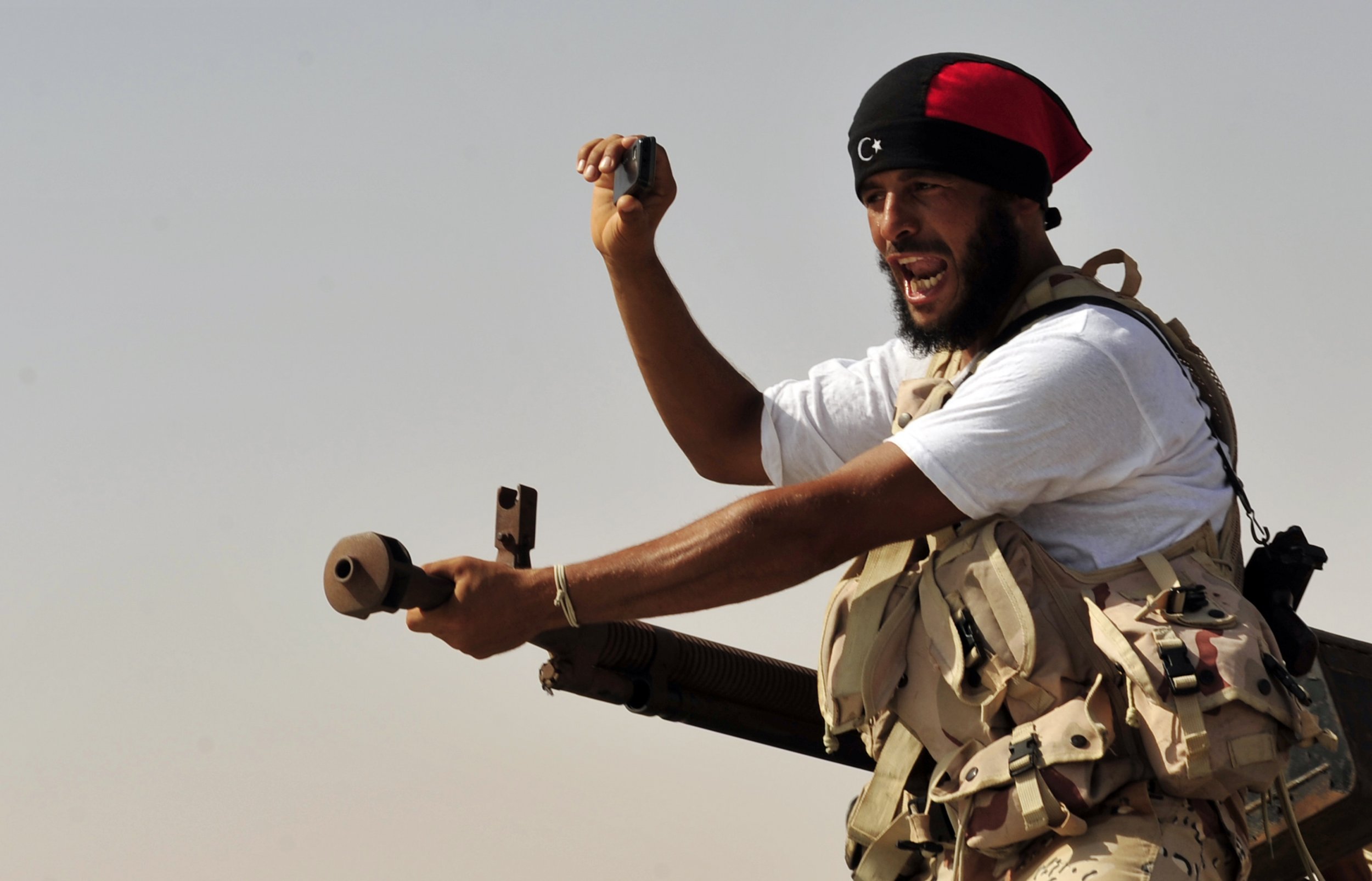
In the wake of the 1990-91 invasion of Iraq, we were introduced to war "live" in our homes. Television is now in the process of inventing "war as seen from the inside."
This novel approach is radically overturning standard news-reporting protocols observed by the media since the Vietnam War: reporting is no longer based on images created by professional correspondents but on images taken by local anonymous sources intended for social media.
And it seems that this "war seen from the inside" has captured the interest of other branches of the media and entertainment industry, notably the movie and video game industries.
Since March 2011, this approach has become the modus operandi for many. At that moment, the Assad regime, which was confronted by a popular uprising against the backdrop of the Arab Spring, refused journalists entry to Syria. The only images available ever since have been those taken by Syrians themselves that are posted on YouTube as a sort of cry for help.
There, we see non-violent protesters calling for democracy in the face of soldiers shooting in plain sight—one resembling David standing up to Goliath, the other more like Cyclops devouring people.
Television networks behave as if they had no choice but to broadcast these images, as they create buzz online. They do so claiming their duty to inform, but also to maintain their edge—and a slice of the advertising market in the face of fierce competition from social media. The news integrates YouTube clips into broadcasts supposedly contradicting Syrian President Bashar al-Assad's storytelling, which relentlessly claims that the rebels are all terrorists.
But in fact these images are shot by stakeholders in the conflict, anonymous people with shaking hands and a stunned gaze, who want to defend a cause. Their low informational value is matched by high emotional value, and often a desire for revenge.
This renders them vulnerable to accusations by supporters of the Assad regime of a media conspiracy. Nevertheless, major TV stations encourage the swelling ranks of militants/reporters to pitch them such footage. Television companies even invest—directly or via NGOs – in training such citizen-reporters, turning them into subcontractors to better serve their needs.
But why continue to invest in these problematic images when al-Assad's stories have been vindicated by the spread of violence and the emergence of jihadists? The answer reveals itself to be as simple as it is despicable: "war from the inside" offers television an opportunity to indulge its viewers' voyeuristic urges without adhering to journalistic, legal or ethical guidelines as they relate to a person's right to his or her own image.
It frees television to broadcast sensational images cheaply, without regard for the conditions of their production, under the pretext that these are the only images available from the "land of evil." It gives television permission to exhibit bodies that have been murdered or humiliated on the simple pretext that it is Syrians themselves who create these images.
In this way, the decline in the number of foreign correspondents in Syria who would be accountable for their work allows any potential blame for inappropriate images to be placed on the anonymous local source posting clips on YouTube. At the same time, the moral convention that compassion be shown for suffering people renders politically incorrect all criticism of television's alignment with social media, where images are subject to more permissive regimes.
What then to do in the face of this unending "war from the inside" that assaults the dignity of both Syrians and television viewers, reducing the former to violators or violated bodies and the latter to obscene voyeurs? The question is all the more urgent as this apparatus favors the war criminals—Bashar al-Assad and the jihadists—who consciously toil on the banalization of evil.
To we Syrians who use social media to bear witness to the war, the cinema of American filmmaker Samuel Fuller (1912-1997) provides the necessary model: he saw no need to exhibit murdered or humiliated bodies in his eye-witness accounts of the horrors of the concentration camp of Falkenau in May 1945.
We believe that television can inform while respecting human dignity. At the very least, it must refrain from exhibiting the bodies of victims, just as it did after the attacks of September 11 2001.
Charif Kiwan represents Abounaddara—Arabic for "man with glasses"—a filmmakers' collective in Syria. Abounaddara won the Short Film Grand Jury Prize at the 2014 Sundance Film Festival and the 2014 Vera List Center Prize for Art and Politics and has been nominated for the 2014 Human Rights Tulip, awarded by the Netherlands Ministry of Foreign Affairs.
Find out more about Abounaddara at https://www.facebook.com/pages/Abounaddara-Films/128084573918925 and http://vimeo.com/user6924378
Uncommon Knowledge
Newsweek is committed to challenging conventional wisdom and finding connections in the search for common ground.
Newsweek is committed to challenging conventional wisdom and finding connections in the search for common ground.
About the writer
To read how Newsweek uses AI as a newsroom tool, Click here.








